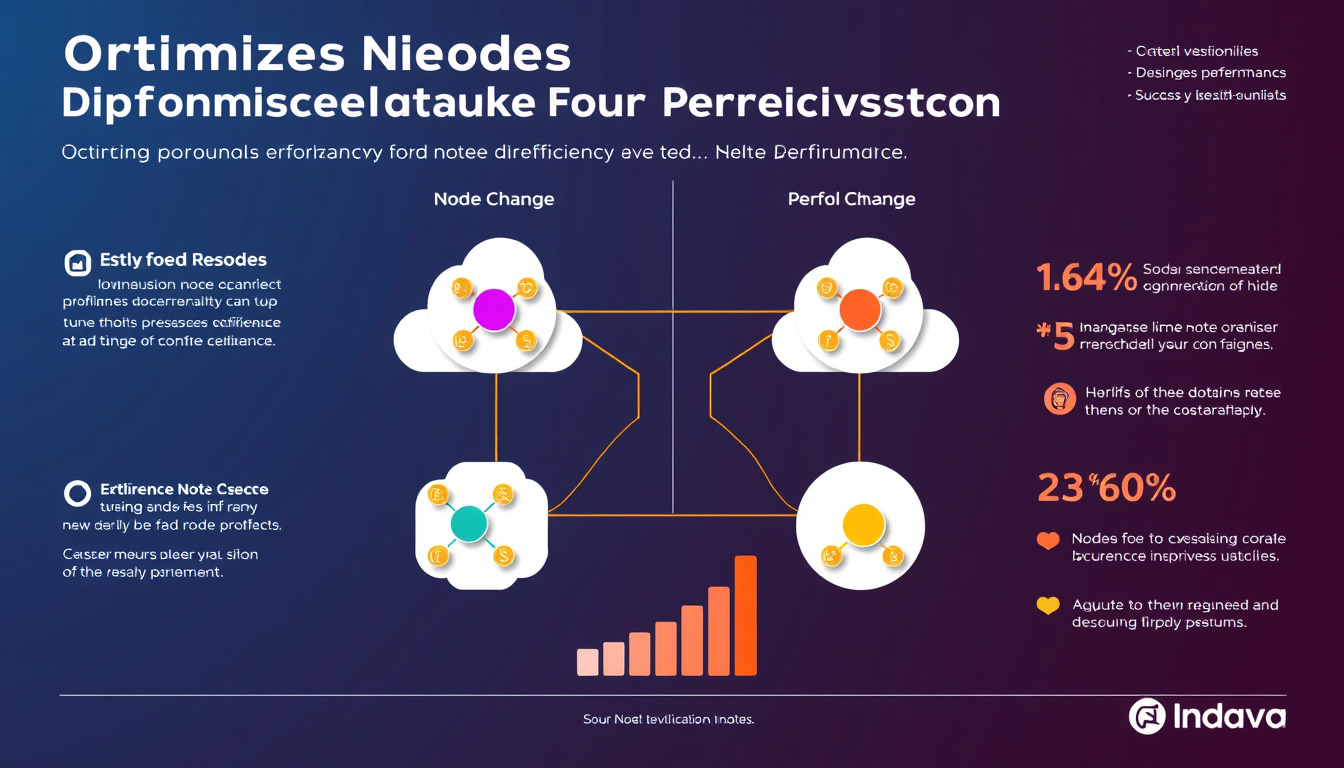Node placement is a critical factor in the performance of Wireless Sensor Networks (WSNs), determining their effectiveness in monitoring and data collection tasks across various applications, from environmental monitoring to industrial automation. As WSNs comprise numerous sensor nodes distributed over a designated area, optimizing their placement becomes essential for enhancing coverage, energy efficiency, and fault tolerance. This guide explores key strategies and algorithms for optimizing node placement, ensuring WSNs operate at peak efficiency.
Understanding Node Placement in WSNs
Node placement can be categorized into static and dynamic placements:
-
Static Node Placement: This refers to the initial deployment of nodes, where their locations are predetermined based on coverage requirements and network topology. Once deployed, these nodes remain fixed unless maintenance or upgrades are conducted.
-
Dynamic Node Placement: This is more flexible and involves repositioning nodes in response to network conditions—either to optimize coverage in the event of node failure or to adjust to environmental changes. Dynamic placement can significantly enhance network resilience by addressing issues like coverage holes.
Importance of Optimizing Node Placement
Optimizing node placement is vital for several reasons:
-
Coverage Optimization: Proper placement maximizes the area covered by the sensor nodes, ensuring critical monitoring tasks are executed effectively.
-
Energy Efficiency: Strategically placed nodes can reduce energy consumption, enhancing the overall lifespan of the WSN.
-
Fault Tolerance: Optimized placement allows for quick adjustments in case of sensor failures, maintaining the network’s integrity.
Key Strategies for Node Placement Optimization
1. Multi-Objective Optimization
Node placement must often balance multiple objectives, such as minimizing energy consumption while maximizing coverage. Techniques like Genetic Algorithms (GA) or Particle Swarm Optimization (PSO) can effectively navigate the trade-offs between these competing goals. For instance, a multi-objective adaptive genetic algorithm can dynamically adjust node placements based on specific performance criteria, improving overall network service quality.
2. Regional Optimization Algorithms
Recent advancements have seen the introduction of regional optimization algorithms, which focus on optimizing nodes only within specific areas of interest rather than the entire network. This approach reduces computational complexity and speeds up convergence times. For example, a Regional Optimization Dynamic Algorithm (RODA) can significantly enhance performance by narrowing down search spaces to specific regions where optimization is most needed, thus improving responsiveness during node failures.
3. Energy-Aware Placement
In energy-constrained environments, incorporating energy metrics into the placement algorithm can lead to more efficient operations. Nodes can be placed based on their residual energy levels, ensuring that energy-intensive tasks are distributed among more capable nodes. Adaptive algorithms that periodically reassess node placements based on energy metrics and network performance can extend network lifetime by ensuring balanced energy consumption.
4. Coverage Hole Repair Techniques
In instances where a node fails, it may create coverage holes—areas no longer monitored by the network. Strategies to tackle this include:
- Activating Sleep Nodes: If the network design allows, sleeping or standby nodes can be activated to fill coverage gaps.
- Re-Optimizing Existing Nodes: When new nodes cannot be deployed, existing nodes can be adjusted to cover the vacancy. Algorithms designed to detect and prioritize repairs of these holes facilitate a dynamic response to evolving network conditions.

Conclusion
Optimizing node placement in WSNs is a multifaceted challenge that requires a comprehensive understanding of the network’s operational environment and goals. By employing advanced algorithms and techniques, network designers can ensure robust, efficient, and resilient WSNs. As sensor technology continues to evolve, harnessing these optimization strategies will become increasingly crucial for maximizing network performance and reliability.
By mastering the complexities of node placement, practitioners can significantly enhance the capability and efficiency of their WSN deployments, ultimately leading to better data gathering and improved operational outcomes in various applications.



